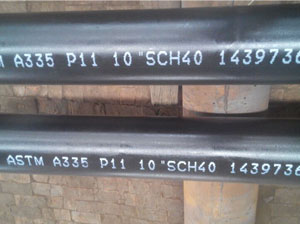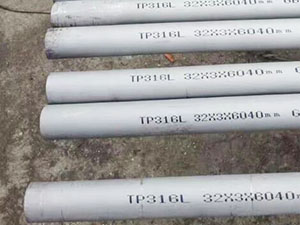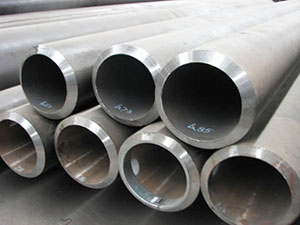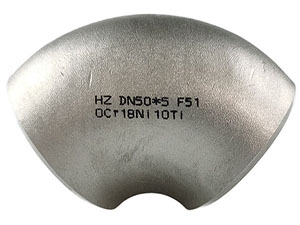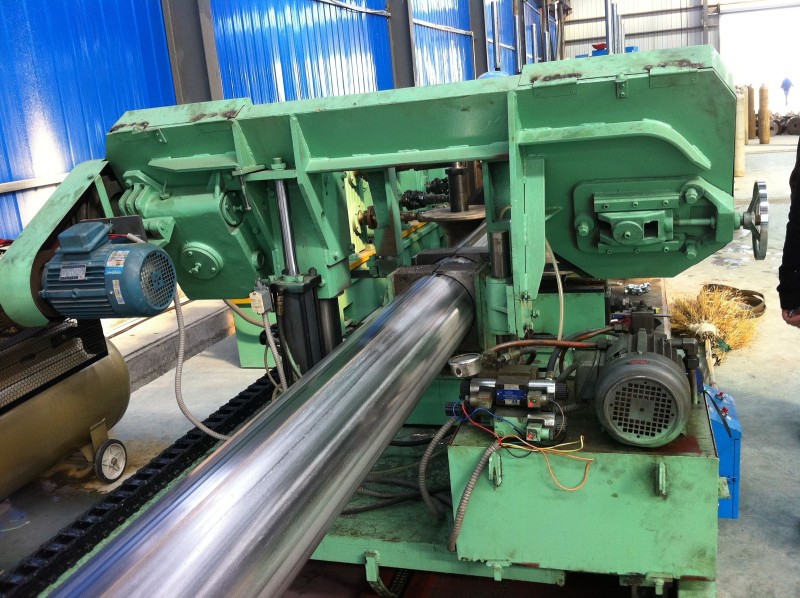
WELDED PIPES AND TUBES (ERW, EFW, DSAW)
HT PIPE is a leading supplier of welded pipes and tubes providing an extensive selection of all grades and dimensions to the oil & gas, petrochemical, chemical and power industries. We work closely together with certified pipe manufacturers from around the world and have a huge range of different welded pipes constantly on stock ranging from Electric Resistance Welded (ERW) Pipes, Fusion Welded (EFW) Pipes to Double Submerged Arc Welded (DSAW) Pipes.
Whenever the supply and delivery of high quality welded steel pipes and tubes are concerned, we are in the foremost competitive position on an international scale.
Welded pipe sizes and dimensions
Welded pipes are used especially for pipeline constructions and for larger dimensions in the process plants; any specifications and qualities are part of our supply program.
For example, we supply carbon steel pipes for pipeline projects throughout the world according to:
API 5L X 52, X60, X65, X70
Welded carbon and alloyed process plant pipes in acc. to below standards:
ASTM A333, 671, 672, 691
Welded Stainless steel, special alloys pipes for chemical and petrochemical plants to:
ASTM A 312, 358, 778, 928, ASTM B 619, B725
All materials are also available in acc. to equivalent DIN/ EN standards and grades.
Welded pipe manufacturing
At the start of the welded pipe manufacturing process so called slabs or billets are cast in a steel mill. Dependent on the external dimensions and wall thickness there are different methods of producing welded pipes and tubes: Electric Resistance Welding (ERW), Fusion Welding (EFW) and Double Submerged Arc Welding (DSAW). In the ERW and EFW manufacturing process welded pipes are formed by hot or cold rolling plate and welding the seam. In order to keep the outside (O.D.) surface of a welded pipe smooth and uniform a cutting tool called scarfing blade is used to remove the weld flash. Scarfing from the inside (I.D.) welded flash is also possible. With a heat treating at the end of the manufacturing process the weld zone of the steel pipe can be made less visible. Due to the weld seam lower operating pressures are stated in accordance with ASME compared to seamless pipes. In general welded tubes possess tighter dimensional tolerances than seamless pipes and are less costly if produced in same quantities.
ERW pipe manufacturing
A process for producing welded tubes is Electric Resistance Welding (ERW) also known as Contact Welding. The manufacturing starts by cold-forming a coiled plate of steel with eligible thickness and certain width into a cylindrical shape. As the cylindrical plates come together, an electric current using heat merges the edges together to create the final product.
EFW pipe manufacturing
Processing of Electric Fusion Welding, also called Continuous Welding begins as coiled steel with appropriate thickness, width and weight is made. To form a continuous ribbon of steel several coils are welded together. Then the steel ribbon is heated to the necessary temperature and formed into an oval. In the next step the edges of the tube strip are permanently pressed together by rolls in order to receive a forged weld. In the last stage sizing rolls convert the welded tube into specific dimensions.
DSAW pipe manufacturing
The process of producing Double Submerged Arc Welded Pipes first contains forming steel plates into cylindrical shapes. Later on the edges of the rolled plate are forged so that v-shaped notches are on the exterior and interior area of the seam. Then the pipe seam is being welded by an arc welder submerged under flux.


